When buying a guitar, many people do not know whether to choose an acoustic guitar or a Spanish guitar. Therefore, in this post we will see what are the differences between an acoustic guitar and a Spanish guitar so you can decide.
First of all, at first glance these guitars are similar: they both have 6 strings, a neck, a soundboard, bridge, headstock, etc. In addition, both guitars are acoustic, i.e. they do not need amplification. Therefore, to distinguish them easily and in a simple way, it is necessary to look first at the strings:
If you look at the first three strings of the Spanish guitar on the right, they seem to be made of plastic, this material is called nylon, while the acoustic guitar, on the left, has metal strings (nickel or steel):
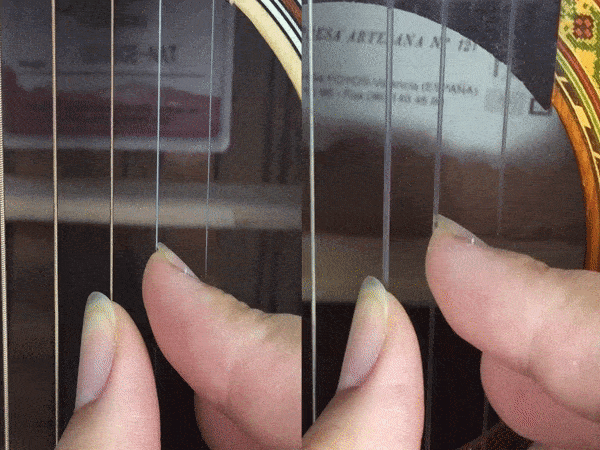
On the other hand, in the Spanish or classical guitar, the next 3 strings have very thin nylon threads that are wrapped in copper. On the other hand, the acoustic guitar also has strings that are wound but inside they are made of metal:
The differences between an acoustic guitar and a Spanish guitar. The basics
First of all, the word “acoustic” is a very broad word that means that the guitar does not need amplification, as we said above. That is, the guitar uses only its soundboard to generate sound.
For this reason, we would say that the Spanish guitar is also acoustic. However, the word “acoustic” is used to refer to a guitar with metal strings only.
Within the category of acoustic guitars we also have different types of guitars if we refer to the shape, the size or the amount of strings. All of them are acoustic guitars because they have metal strings.

The most important differences
Strings: Acoustic strings are made of metal and Spanish/classical or flamenco strings are made of nylon. Sound: The sound is softer on the Spanish and brighter on the acoustic.
Size: It is smaller in Spanish or classical guitars, although there are some acoustic guitar models that have the same size as the Spanish guitar.
The neck: It is wider in the Spanish guitar, the space between the strings is wider and the frets are flat compared to the acoustic guitar which has a narrower neck, closer strings and more curved frets.

The peg box and spade: the way in which the strings are attached to the peg box also changes, therefore, when changing the strings we will do it in a different way.

The truss rods: The truss rods inside the soundboard can also vary between acoustic guitar and Spanish guitar. In fact, in the Spanish guitar there are different types of strings. This is a very broad topic that could be the subject of a whole book. Here is an example of different designs according to some guitar models:

The core: It is a metal bar that runs along the neck of the acoustic guitar. This is mostly found in acoustic guitars since metal strings exert more tension and an internal structure like the core is necessary for the neck to stay straight and not bend. As I said, classical guitars do not have a core although some do.

The 12th fret and the cutaway: Spanish/classical guitars also usually have the 12th fret as the last fret before reaching the body of the guitar. In acoustic guitars this is not the case since we usually have the cutaway which makes it easier for us to play the higher notes. However, there are some Spanish guitars that have cutaway as well as acoustic guitars that do not.

The price: There are really cheap Spanish guitars, so cheap that they are really bad. The good thing about it is that a really cheap Spanish guitar sounds better than a really cheap acoustic guitar. At least you will be able to play something.
I have played very bad acoustic guitars that go out of tune and it is impossible to do anything with them, on the other hand a cheap Spanish guitar will sound bad but at least you will be able to play.
The technique: On both guitars you can play chords, melodies, arpeggios, etc. However, depending on the technique we use, we will have some limitations. For example it is easier to arpegiar en la guitarra española.
Which guitar is best for beginners?
I started playing the guitar with a Spanish guitar, then the electric and finally the acoustic. Whichever one you play you will have advantages and disadvantages since both require practice and with both you will get calluses and it will hurt at the beginning.
In other words, you could have the best acoustic guitar in the world or the best Spanish guitar but if you don’t practice it will sound bad anyway.
I recommend that you think about what are your reasons for wanting to learn to play the guitar, do you want to play the songs of an artist that you like a lot and he plays the acoustic? then buy an acoustic, if you prefer to start with classical music or you don’t know it, buy a Spanish one. Aquí te dejo unas guitarras que recomiendo.
Another important aspect to keep in mind is that if you decide to start playing with any of the two, you will end up trying them all (acoustic, Spanish or electric). So you don’t have to worry about it.
Spanish guitars recommended for beginners
The most important thing is not to overthink it and comprar una guitarra barata. Because if in the end you decide that playing guitar is not your thing, you won’t have spent a lot of money. On the other hand, if you decide to continue, you will end up buying a better guitar.
Buy yourself a cheap guitar or play with an old second hand one. Then, when a year has passed and you see that you are still motivated and your hands are asking for something better, you can look for another one.
Recommended acoustic guitars
For acoustic guitars my recommendation is not the same. As I said above, I have tried really bad cheap acoustic guitars. If you start by buying an acoustic don’t risk buying the cheapest one.
Some guitars have the strings very far apart from the neck and this can be frustrating because your fingers will need more force to step on it and more time to make it sound. However, if you really want an acoustic, it is preferable that it is made by una marca conocida.
The small or large hands debate
Sometimes the following is said: “the neck is narrower on the acoustic guitar. It is better for people with small hands”.
I wouldn’t pay attention to this. There are guitarists with small fingers or even children with small hands who play with standard size Spanish guitars.
Don’t let your hands be an excuse to be able to play. In the end it is cuestión de práctica and of getting your hand used to a certain flexibility.
On the other side are those who say “I have big hands. The Spanish guitar is better”. My recommendation is that you start playing, looking for solutions about which guitar is better or worse depending on the hands you have is a waste of time.
Acoustic and electroacoustic guitars
Finally, there is also the difference between acoustic and electro-acoustic guitars. An electroacoustic guitar is also acoustic, the only difference is that it is also amplified. This is achieved thanks to a microphone inside the guitar.
Finally, there are also Spanish/classical guitars that can be amplified and are called electroacoustic classical guitars. I hope this post has helped you to recognize the differences between an acoustic guitar and a Spanish guitar.
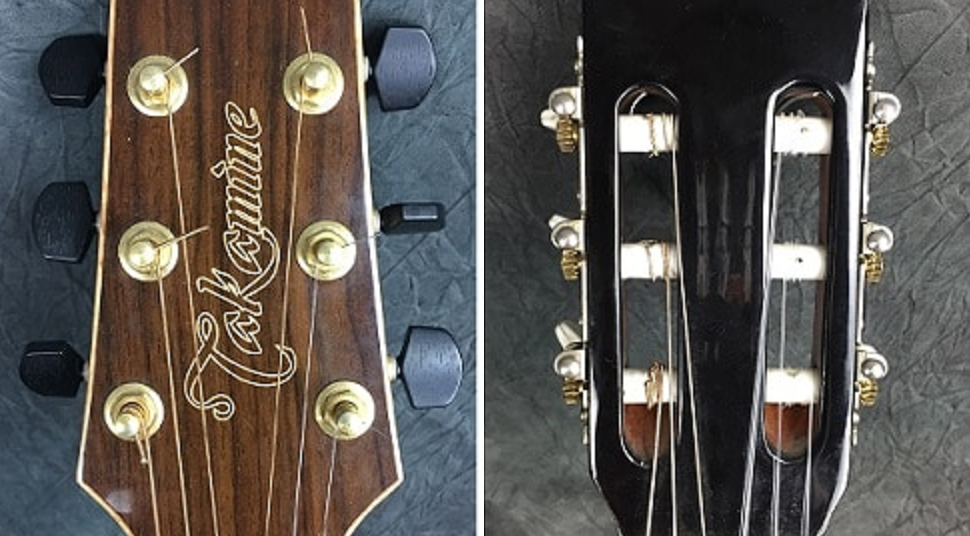
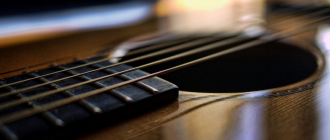
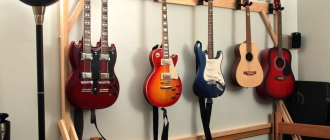
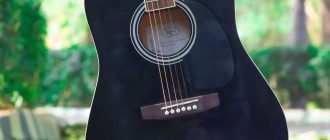

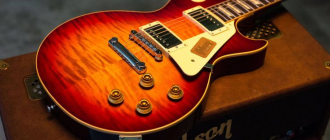
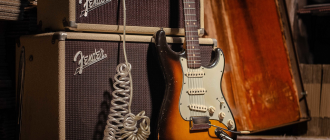
Terminology – electric, steel-string acoustic and nylon-string acoustic (classical) guitars are all Spanish guitars. Lap steel and pedal steel guitars are Hawaiian guitars. Look at Gibson’s electrics numbering system: ES-175, ES335 and the rest are Electric Spanish guitars. EH-100, EH-150 and others are Electric Hawaiian guitars. Classical would be a better term for the nylon string variety.